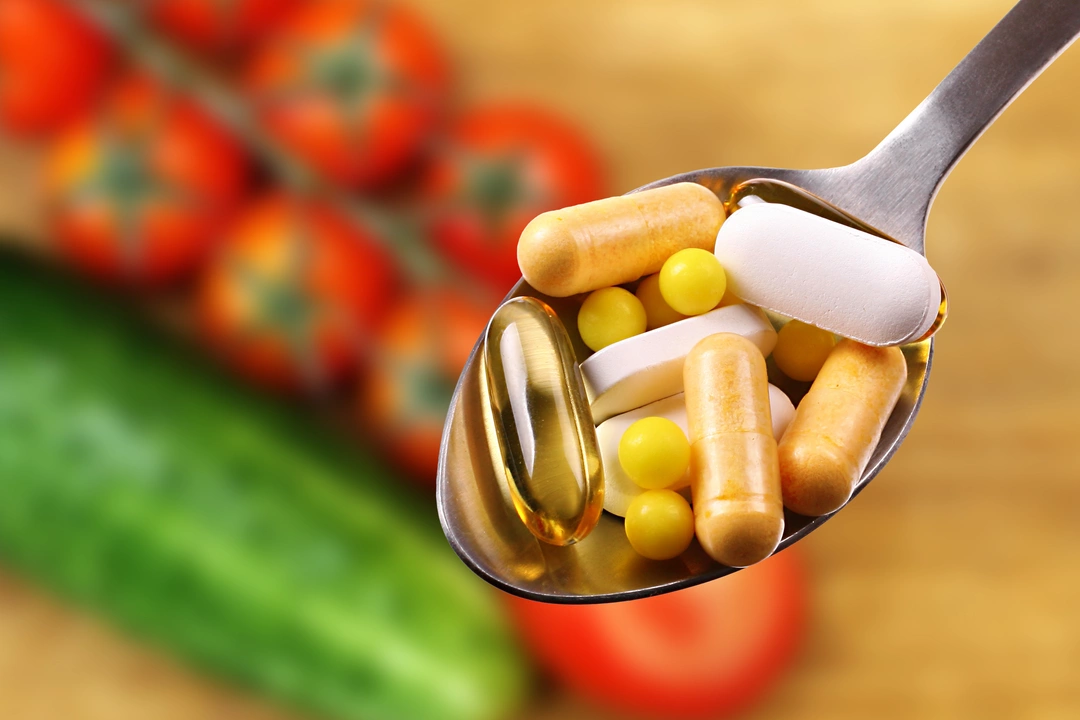Polyethylene Glycol 3350 – What You Need to Know
If you’re on IVF meds, chances are you’ve heard about constipation as a annoying side effect. Polyethylene glycol 3350 (often called PEG 3350) is the go‑to over‑the‑counter powder that helps move things along without harsh chemicals.
How It Works and When to Use It
PEG 3350 is a water‑soluble polymer. You mix the powder with water, juice, or any clear liquid, stir, and drink. It draws water into your colon, softening stool and making it easier to pass. Because it doesn’t stimulate gut muscles, you get a gentle effect that’s safe for most people, including those on fertility drugs.
Most IVF clinics recommend it when hormones or supplements start slowing your bowels. It also works as a bowel‑prep before procedures like hysteroscopy. The key is to start early – once you notice the first signs of sluggishness – rather than waiting for a full blockage.
Dosage, Safety Tips, and Common Side Effects
The typical adult dose is 17 grams (about one heaping tablespoon) mixed in 8‑12 ounces of liquid once daily. Some people split the dose into two smaller servings to avoid feeling too full.
Always follow the package instructions or your doctor’s advice. Drink plenty of extra fluids – at least eight glasses a day – because PEG works by pulling water into your gut. Skipping fluid can lead to dehydration or harder stools later on.
Side effects are usually mild: occasional bloating, gas, or a brief urge to go. If you get severe cramping, watery diarrhea, or an allergic rash, stop using it and contact your provider right away.
Pregnant or nursing women should check with their OB‑GYN before starting any laxative, even a gentle one like PEG 3350. The medication itself isn’t absorbed into the bloodstream in significant amounts, but confirming safety is still wise.
For IVF patients, timing matters. Take PEG 3350 at least two hours after your hormone injections or oral meds to avoid any potential interaction with absorption. Most clinics suggest a morning dose so you’re clear by bedtime.
If you prefer a flavored version, many brands offer unflavored powder that you can mix with juice or sports drinks for a tastier experience. Just make sure the added sugar doesn’t interfere with your overall diet plan.
Remember, PEG 3350 is a tool, not a cure‑all. Pair it with a fiber‑rich diet – fruits, veggies, whole grains – and gentle exercise like walking. Those habits help keep your bowels regular even when IVF meds are on board.
Bottom line: polyethylene glycol 3350 is a safe, effective way to tackle constipation during fertility treatment. Use the right dose, stay hydrated, and talk to your clinic if you’re unsure. That simple routine can spare you from uncomfortable bathroom trips and keep your focus on the journey to parenthood.

The Benefits of Polyethylene Glycol 3350 in Nutritional Supplements
In recent years, I've noticed a growing interest in the use of polyethylene glycol 3350 (PEG 3350) in nutritional supplements. This ingredient has been proven to offer numerous benefits, including improved digestive health and enhanced nutrient absorption. By assisting in the regulation of bowel movements, PEG 3350 contributes to a healthier gut and overall well-being. Additionally, it's been found to have minimal side effects and is considered safe for long-term use. In conclusion, incorporating PEG 3350 into our daily supplements can significantly improve our gut health and help us lead a healthier lifestyle.